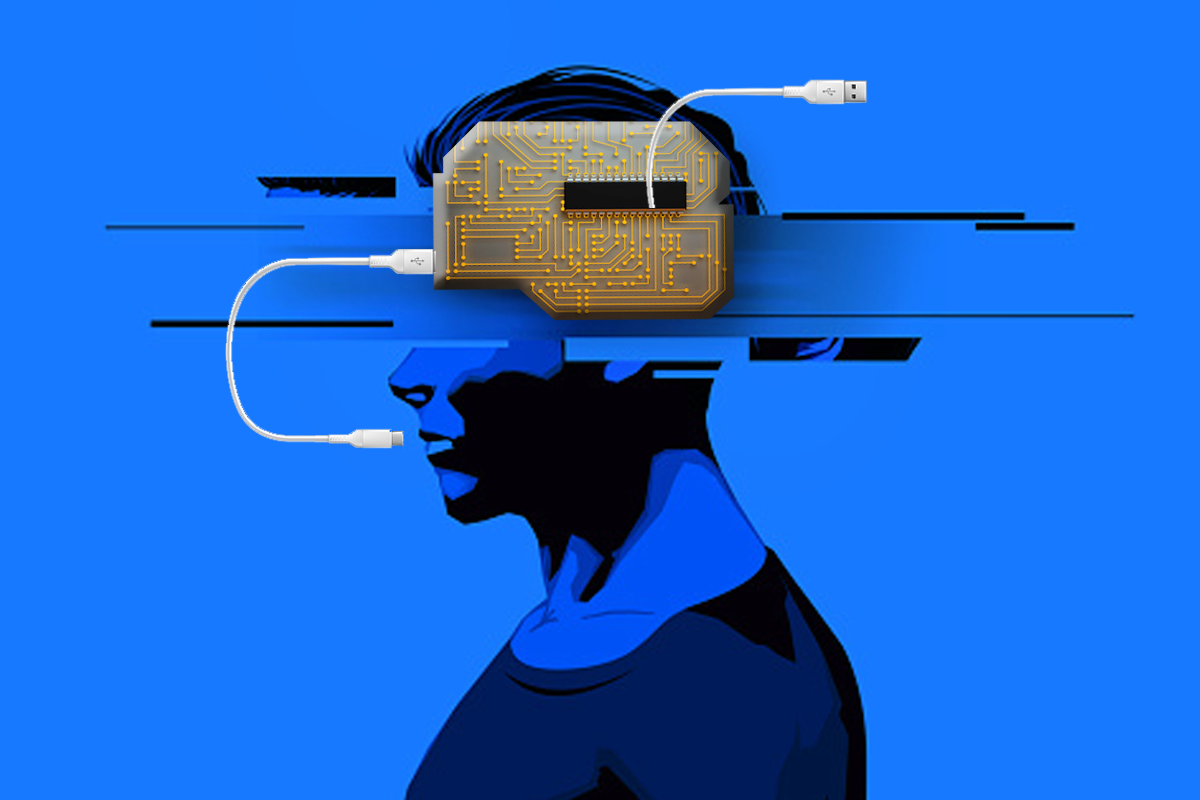

4 High-Tech Approaches That Could Mitigate Suicide Risks

Can evidence-based technology help identify and mitigate suicide risk? And if high-tech solutions have the research to support their value, what is the best way to get these tools into practice? Researchers, technology developers and mental health leaders hope to find out soon.
Under a five-year, $17 million grant from the National Institute of Mental Health, the Center for Accelerating Practices to End Suicide through Technology Translation (CAPES) initially will focus on four technology projects. CAPES includes a network of organizations working with UMass Chan Medical School, including UMass Memorial Health, UMass Lowell and UMass Amherst, Worcester Polytechnic Institute, Zero Suicide Institute and more than 100 other collaborating institutions.
Edwin Boudreaux, Ph.D., a psychologist and professor of emergency medicine at UMass Chan Medical School and co-director of CAPES, says the organization hopes to accelerate best practices into emergency departments (EDs), inpatient units, outpatient settings and primary care practices.
The efforts couldn’t come at a more opportune time. Consider that the national suicide rate has been rising steadily for decades and in 2022 stood at 14.3 deaths per 100,000, up 3% from that of 2021 and the highest in nearly 80 years, according to the Centers for Disease Control and Prevention.
Exploring Therapeutic Activities for ED Patients
First up for CAPES will be exploring Jaspr Health’s software platform. Jaspr can be accessed on a tablet or PC by ED patients waiting for care. The tool helps patients develop coping strategies and gathers information that carries through the electronic health record (EHR) so that clinicians can see it and reinforce it. The platform also provides a library of videos of real people who also have struggled with and overcome their suicidal thoughts. Jaspr at Home is a companion mobile app that provides ongoing evidence-based support after the visit, the company’s website notes.
For providers, Jaspr’s digital assistant collects comprehensive suicide risk-assessment data and guides the patient to draft a crisis stability plan to cope and reduce access to lethal means. The program can be integrated into a health care organization’s workflow to provide support for staff and offers clinical decision support to aid in disposition decisions and evidence-based care.
CAPES’ focus will be on more than technology, however. A good screening system in the EHR is not enough if the clinician does not know how to use it in the best way with a patient, Boudreaux recently said in an interview published in New England Psychologist. “We don’t want to focus entirely on the technology; instead, we want to promote both a high-tech and high-touch approach,” he said.
3 Exploratory Technologies CAPES Will Examine
- Computerized adaptive testing applies complex calculations from large data sets to streamline primary care workflow integration to identify and track mental health symptoms and suicide risk, and guide intervention delivery.
- ADAPT (Automated, Data-driven, Adaptable and Transferable) learning for suicide prevention will examine intelligence techniques to guide the transfer of existing suicide prediction models to other health care systems and clinical contexts.
- LEMURS (Leveraging Early Mental Health Uncovering Risk for Suicide) integrates a smartphone-based mobile application that uses data from college students’ smartphones combined with voice analysis to screen for depression and suicidal ideation, with dashboards to assist college health centers with suicide-risk screening, surveillance and mitigation.
Learn More
Interested in exploring ways to prevent suicide among health care workers? The AHA’s guide, Suicide Prevention in the Health Care Workforce, includes results from an AHA-led learning collaborative conducted among 37 member organizations. It was created to help health care organizations create or expand their worker well-being and suicide-prevention programming.



